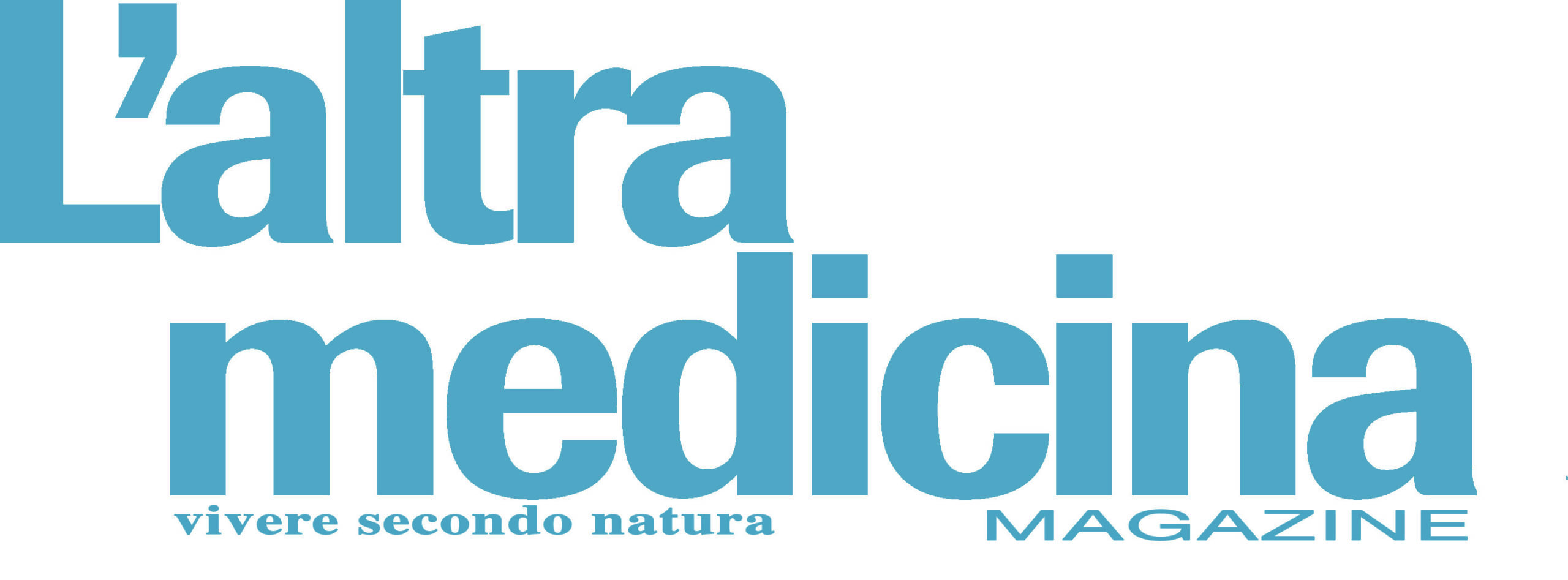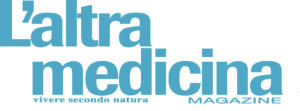Articolo L’altra Medicina N. 97 – 07/2020
Bibliografia
- Gagnon M-A, Lexchin J “The Cost of Pushing Pills: A New Estimate of Pharmaceutical Promotion Expenditures in the United States” PLoS Med 2008;5(1): e1. doi:10.1371/journal.pmed.0050001
- “Dichiarazione di Erice 2008”, Salute e Sviluppo 2007;3:8-13
- Orlowski JP, Wateska L “The effects of pharmaceutical firm enticements on physician prescribing patterns: there’s no such thing as a free lunch.” Chest 1992;102:270-3
- Braun C, Mosconi P “Il punto sulla pubblicità diretta ai consumatori” Ricerca e Pratica 2009; 25:19-28
- Arnold M. “Changing channels” Medical Marketing and Media 2005;40:34-9
- Gilbody S, Wilson P, Watt I “The benefits and harms of direct to consumer advertising: a systematic review ” Qual Saf Health Care 2005;14:246-50
- Aikin KJ “Direct-to-consumer advertising of prescription drugs: physician survey.” Jan 2003. http://www.fda.gov/cder/ddmac/globalsummit2003/sld001.htm
- D.lgs n. 541 del 30 dicembre 1992 “Attuazione della direttiva 92/28/CEE concernente la pubblicità dei medicinali per uso umano” in GU n. 7 del 11/01/1993
- D.lgs n. 219 del 24 aprile 2006 “Attuazione della direttiva 2001/83/CE e successive direttive di modifica relativa ad un codice comunitario concernente i medicinali per uso umano”
- Direttiva Europea 2003/94/CE, in GU n. 142 del 21/06/2006, supplemento ordinario n. 153
- “Europe on the brink of direct-to-consumer drug advertising” Lancet 2002 may 18;359(9319):1709
- “Pharmaceutical Forum. Quali conclusioni?” BIF XVI N.1 2009
- Sukkar E “EU member states do not support “information to patients” strand of pharma package” Scrip world pharmaceutical news, may 2009
- “House of commons Health Commitee – Fourth Report of Session 2004-05” Informazione sui Farmaci 2005;3
- Keeney KM, Yurist-Doutsch S, Arrieta M-C, Finlay BB. Effects of antibiotics on human microbiota and subsequent disease. Annu Rev Microbiol. 2014; 68: 217-235.
- Forslund K, Hildebrand F, Nielsen T, et al. Disentangling type 2 diabetes and metformin treatment signatures in the human gut microbiota. Nature. 2015; 528:262-266.
- Imhann F, Bonder MJ, Vich Vila A, et al. Proton pump inhibitors affect the gut microbiome. Gut. 2016; 65: 740-748.
- Jackson MA, Goodrich JK, Maxan ME, et al. Proton pump inhibitors alter the composition of the gut microbiota. Gut. 2016; 65: 749-565.
- Rogers MAM, Aronoff DM. The influence of non-steroidal anti-inflammatory drugs on the gut microbiome. Clin Microbiol Infect. 2016; 22: 178.e1-178.e9.
- Flowers SA, Evans SJ, Ward KM, et al. Interaction between Atypical Antipsychotics and the Gut Microbiome in a Bipolar Disease Cohort. Pharmacotherapy. 2017 Mar; 37: 261-267.
- Falony G, Joossens M, Vieira-Silva S, et al. Population-level analysis of gut microbiome variation. Science. 2016; 352: 560-564.
- Gomez-Guzman M, Toral M, Romero M, et al. Antihypertensive effects of probiotics Lactobacillus strains in spontaneously hypertensive rats. Mol Nutr Food Res. 2015; 59: 2326-2336.
- Maier L, Pruteanu M, Kuhn M, et al. Extensive impact of non-antibiotic drugs on human gut bacteria. Nature. 2018 Mar 29; 555: 623-628.

